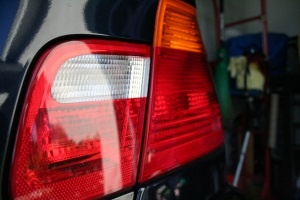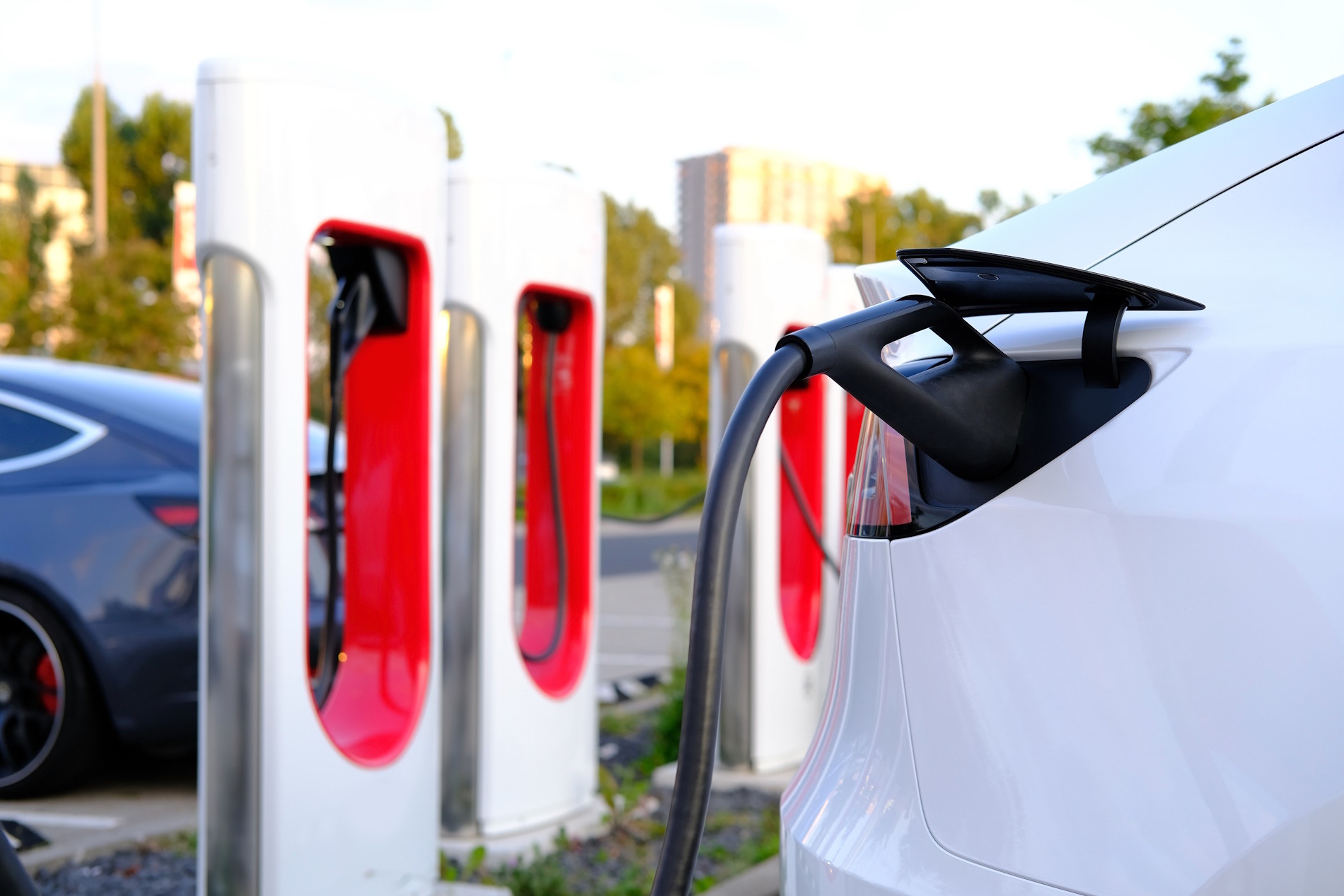The stories behind car innovations we take for granted
The car and trucks we drive today are innovative marvels that pack surprising amount of power and technology into relatively small packages. The...
These days, drivers are used to having vehicles that seem almost like a home away from home. Powerful systems like indash navigation, wifi internet systems, and backup camera are not yet standards, but nobody is surprised to see them. So I bet it wouldn't surprise you to learn that the average car today has more computing power than what NASA used to put a man on the moon in 1969.
Spurred on by President Kennedy's challenge, the teams of NASA engineers and workers who came together to put a man on the moon really came through with hundreds of new developments and inventions, all needed to get the job done. One of the breakthroughs they created was the guidance system for the Apollo spacecraft. It was revolutionary in that it was the first computer that was powerful enough to autopilot a spacecraft and provide real-time flight information. All planes today owe their thanks to that 1969 Apollo computer. And it was also revolutionary in that it was the first operating system to use "integrated circuits" - mini electronic circuits that were the precursors to the modern micro chip.
If you're into specs, consider that the Apollo Guidance System (AGC) had 64kb of memory controlled by a processor that weighed in with 0.043 mHz of computing power. Chances are that the tablet or netbook you have sitting at home (or what you're reading this on) has at least 100 GB of memory and a processor with speeds above 1.6 GHz. Divide 1.6 GHz by 0.043 mHz and you find that your home computer's processor is 37,000 times faster than the one used by the astronauts to get to the moon and back.
Computers have become so entwined in our everyday lives, we forget that even common appliances like a refrigerator have pretty powerful computers. And that goes double for computers in cars. Today's vehicles can have up to FIFTY different computers on board. They control essential systems like the anti-lock brakes, air conditioning and automatic locks. Most importantly, there's a main computer that controls engine components, making sure the injector timing is right to make the fewest emissions. That's one of the biggest differences between today's cars and the old carbureted vehicles - the fuel injection controlled by that powerful little computer.
Comparing the computing technology of 1969 to today really makes us marvel at how far we've come in 45 years. The Apollo computer was designed to get the job done despite being, well, beyond primitve by today's technology standards. And Neil Armstrong can testify that it did.

The car and trucks we drive today are innovative marvels that pack surprising amount of power and technology into relatively small packages. The...

Elon Musk is the CEO of two of today's best innovative companies - Tesla and Space X. As 60 MInutes said in their story on March 30th, 2014, only...

All modern vehicles are equipped with computerized engine controls to reduce emissions and maximize fuel economy and performance. When oxygenates...